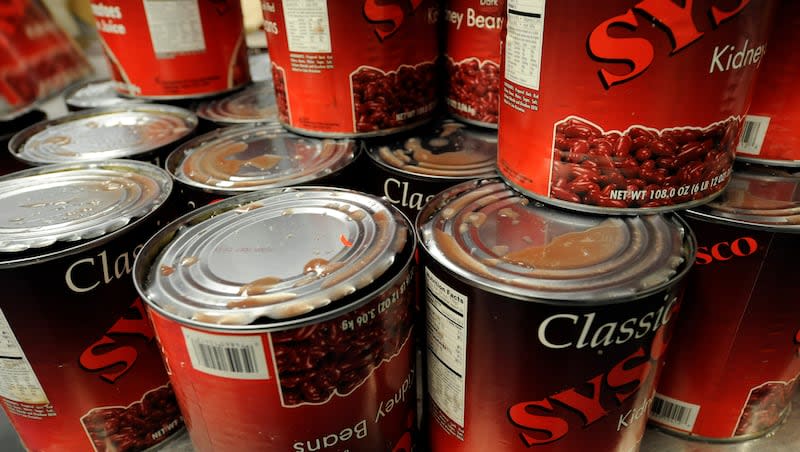What are the healthiest types of beans?

Beans are a versatile, nutrient-dense food used “in many different types of cuisines across numerous cultures,” per EatingWell.
Registered dietitian Danielle Crumble Smith told USA Today that beans are a “nutrition powerhouse” loaded with fiber, iron and protein. They also hold polyphenols that may shield the human body against diabetes, cardiovascular disease and even some cancers.
However, a 2017 survey — featured in a 2020 analysis — found that less than 5% of respondents ate legumes daily, and almost a third “did not consume legumes during the last month.”
Beans are legumes, but legumes aren’t beans
While the terms are used interchangeably, there are key differences between beans and legumes.
According to MyPlate, legumes are types of plants that include pods, whereas beans are the seeds found within the pods.
MedicineNet noted that beans and legumes belong to the plant family Fabaceae, and they originate from the same seeds. Yet, legumes are used as an umbrella term referring to pulses and beans.
Here are five of the healthiest beans.
1. Black beans
As a flexible, diet-friendly option, black beans are packed with protein and fiber useful for all types of eating patterns, per EatingWell. They also contain choline — a nutrient particularly beneficial for “people who are trying to conceive, are pregnant or breastfeeding.”
Healthline reported that black beans may support the control of blood sugar — since it has a low glycemic index — and they may help to lower blood pressure and blood cholesterol levels.
2. Kidney beans
Kidney beans are one of the most common beans eaten. They are a fibrous option.
Lauren Manaker, a registered dietitian, said to EatingWell that kidney beans are rich in prebiotic fiber, which “acts as fuel for the beneficial bacteria in our gut.” They may even assist in preventing some gastrointestinal diseases, such as inflammatory bowel disease and irritable bowel syndrome.
Healthline added that kidney beans are a good source of folate, which is a water-soluble vitamin crucial for “fetal neurological development.”
3. Lupini beans
Lupini beans have a bitter taste and are often soaked in a brine and pickled for a snack. “They’re commonly consumed in Mediterranean cuisines (especially Italy, Spain, and Portugal) and Latin American cuisines,” Ginger Hultin, a registered dietitian nutritionist, told Shape.
These types of beans are protein-dense, as a half-cup of them carry 13 grams of protein. Plus, lupini beans are a source of zinc and magnesium — the former of which is a mineral significant for immune function and cellular health, per EatingWell.
4. Navy beans
Also referred to as haricot beans, navy beans are mentioned by Verywell Fit as a good source of potassium, which is vital to the body’s function. They also contain calcium, folate, iron, magnesium and zinc.
Navy beans are also rich in manganese, which is a mineral that supports healthy immune and reproductive systems, as well as healthy bones, Crumble Smith told USA Today.
5. Pinto beans
As an option rich with protein, fiber and magnesium, pinto beans also are a good source of thiamine — all of which, according to Real Simple, can help boost your level of energy.
In addition, pinto beans contain a significant amount of copper, which aids in producing energy, but can help to maintain your immune system and produce skin pigment, per Healthline.

